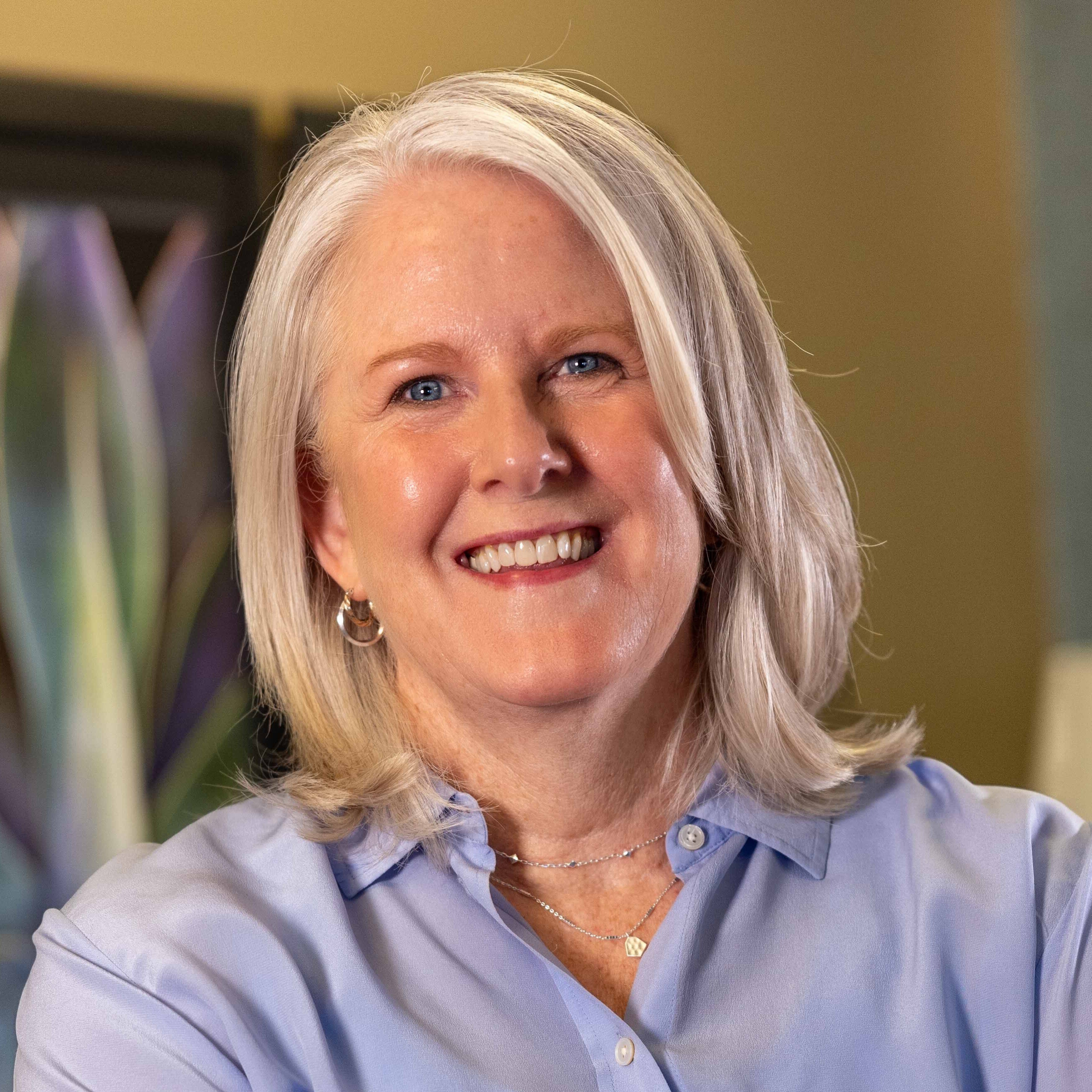
How can financial advisors help you visualize financial independence? Many people come to our advisory firm to help manage a complex financial situation or map out a road to financial independence.
As part of the process, financial advisors can model several avenues to achieve your goals. We ask clarifying questions so you can better discern what works for you. Below is an example of the process we may use to define and map a client’s road to financial independence.
Discover
First, we collect information that will help organize both your resources and thoughts. This information can include tax returns, pay stubs, investment statements, insurance information, and estate documents. We also want to learn about your hopes, dreams, fears, values, and what is most important to you.
Financial Snapshot
Once the information is collected, we can create a picture of your financial road ahead. Then, at a financial plan meeting, we project that picture onto a screen so you can visualize success or see how you may need to alter goals to make them achievable.
Will your financial resources and savings habits allow you to retire when you want to? Can you fund education for children/grandchildren as you’d like? Can you buy the cabin, take the bucket list trips, and help mom and dad? What needs to happen to do so?
Deep Dive Discussion
Once we have a picture of the probability of success of your goals working out, we move to “what if.” What if you retired later (or earlier)? What if you paid 75% of your child’s tuition to a public university instead of 100% at a private school? What if you created a charitable legacy during your life instead of at your death? What if you invested more of your 401k each year?
The what-ifs can be endless but may help you visualize what is possible, what is achievable, and what it takes to achieve your goals.
The following are example discussions we have with clients. They are all fictitious but illustrate our process.
The Future Needs Adjustment
In this example, the Smiths are a couple in their 40s, with two children ages 8 and 10. They were both educated at private schools and want to be able to do the same for their children. Jill works at a non-profit and receives a lot of fulfillment from her work. Marge works for a large company in their supply chain area. COVID supply chain stresses took a toll, and she would like to retire early. When we load their resources and savings rate into our plan, the probability of success of retiring early while sending both children to expensive private schools is very low.
Now what? How do we reconcile their competing goals? We can present the Smiths with various options to carve out a couple of paths that might be successful. Some of the scenarios we model might include the following.
Their plan works well if they send their children to public schools while Marge retires early and Jill keeps working to age 65.
Another option is for Marge to work longer, and then they can send their children to a private college. But this isn’t satisfying as they are unsure how long she can stay in his field.
In another scenario, we model reduced pay for Marge to change fields so she can work longer with less stress.
Questions for them to consider might be:
- How important is it for you to retire as soon as possible?
- Would you feel compelled to retire early if you were working in a different field?
- Are you willing to work part-time after retirement?
- How important is sending your child to a private college? What is the benefit you are hoping they will receive? Is there another way to achieve this benefit?
Once the Smiths view several avenues they can take to make their plan work, they can discern which way might be best for them. For example, they might decide that private school isn’t a priority. Or perhaps retiring early isn’t a priority. Of course, they can always revisit the plan and make adjustments as their life changes. They find it helpful to see various ways to make their plan work.
Yes, Goals Can Be Achieved. What’s Next?
Sometimes we have clients with plenty of resources, and their retirement plan works so well that they will have lots of resources at the end of their life. In this example, Ms. Jackson has saved all her life. She lived modestly and raised her children, who are all launched. Ms. Jackson hasn’t changed her spending habits since the early days when she and her late husband had to scrimp and save. She has cousins in Europe she has been in contact with but never met.
For people like Ms. Jackson, we would encourage them to spend a little more and enjoy their life. So we model adding a travel budget – which makes no change to the viability of her plan. Same result when we add a home remodel budget. She has a long-term care insurance policy, so it won’t hurt the plan if she needs extended care. But seeing that is still not enough for her to book a trip to see her cousins. At that point, we might ask her questions such as the following:
- What are your goals for the money you have saved so diligently?
- Who will inherit it if you don’t spend it during your life?
- Do you have controls around the inherited funds through a trust, or will the beneficiaries be able to spend your money any way they want?
- How will the people who inherit your money spend it? Will they be as frugal or mindful with it as you have been? How do you feel about inheritors spending your money on things you didn’t allow for yourself?
Sometimes when people work through these questions, they decide they may want to open up their budget in certain areas. For example, they likely won’t become spendthrifts but might choose to remodel the house to meet their current life needs. Or take the trip to visit their overseas cousins. Asking yourself, “What is this money for” can be a way to look at money from a different perspective.
The Future Looks Bright. Can we make it Brighter?
Similarly, the Franklins also have enough funds to make their plan work. They want to leave a legacy for their children, and they also want their children to carve a life for themselves, so they don’t want to leave them too much. The Franklins have been charitably inclined for years and feel strongly about giving back to their community. They’ve been particularly interested in supporting a non-profit that assists children in their city. They wonder if they can do more.
For the Franklins, we model various gifting strategies in their plan, from a significant lifetime gift to an end-of-life gift, to giving more every year in multiple combinations. In addition, we look at the probability of success that they can continue to live the life they are living, leave some for their children, and gift as much as possible to their favorite charity. We also might ask them some questions, such as:
- What is your ideal balance of giving to charity versus giving to your children?
- Would you like to see the impact of your gifts now or is that not important?
- How can you make your gift so that the project you are funding is sustainable?
- How much in financial reserves for the unexpected is comfortable for you?
The Franklins digest the information and decide to do a combination of gifting. First, they want to offer a significant gift to the non-profit now followed by smaller annual gifts because they want to see how their giving makes a difference in their community while they are still alive. There are many ways to set up gifting strategies.
Life can get complicated. Many people have a lot of goals, not all of which work well together. By modeling a financial plan and viewing the probability of success in various scenarios, a person can see how well their plan will work with different options. That’s part of our process. Asking clarifying questions can help you decide which of the scenarios is most beneficial to you. And revisiting your financial plan from time to time can help you adjust as your life continues to evolve.




